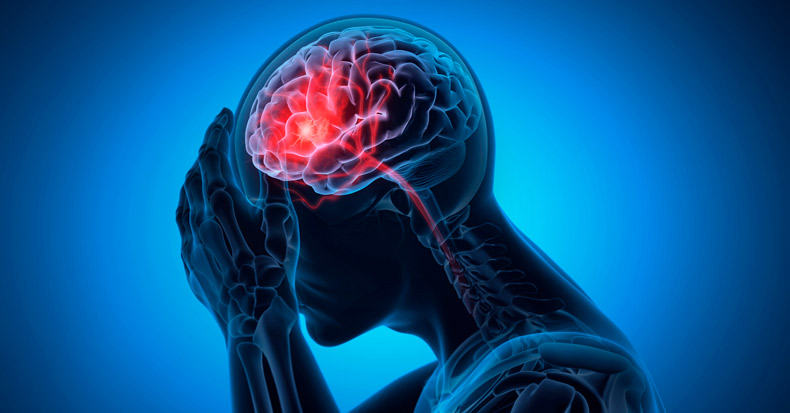Whiplash associated disorders (WAD) is a term used to describe the constellation of symptoms resulting from the sudden acceleration and deceleration of the head, most commonly during motor vehicle collisions. This can include physical symptoms like neck pain and stiffness; pain that gets worse with neck movement; loss of neck motion; headaches that start at the base of the skull; tenderness/pain in the shoulder, upper back or arms; and tingling or numbness in the arms. However, WAD patients may also experience non-musculoskeletal symptoms that are also commonly associated with concussions like dizziness, fatigue, brain fog, blurred vision, ringing in the ears (tinnitus), sleep interruptions, memory problems, depression and anxiety. Let’s explore why this may be the case even if the skull may not strike anything during a car crash.
A 2021 systematic review of eight studies concluded that there are no clear boundaries between mild traumatic brain injury (mTBI) and whiplash-associated disorder (WAD), as they share many overlapping features — including similar symptoms, trauma biomechanics, cognitive impairments, diffuse axonal lesions visible on functional MRI (fMRI), cervical spine joint dysfunction, weakness in the deep cervical flexor muscles, and both tightness and weakness in the cervical extensor muscles, which can contribute to headaches. Additionally, researchers point out that examinations of patients suffering from persistent concussive syndrome often reveal cervical joint dysfunction and symptoms like neck pain and stiffness. Likewise, chronic WAD patients may experience many ongoing concussion-like symptoms.
During whiplash events, particularly rear-end collisions, the head undergoes rapid and forceful movement occurring in milliseconds—far too quickly for individuals to brace or prepare for the impact. The brain, suspended inside the skull by delicate ligaments, rapidly moves back and forth, striking the inner surfaces of the skull. Additionally, the diagonal shoulder-chest seatbelt used in vehicles can create a rotational force or torque on the torso and neck, introducing a twisting motion at impact. These rotational forces can cause shearing or tearing of delicate nerve fibers (axons) and may result in bruising or contusions to brain tissue, thus generating neurological symptoms characteristic of concussions. Thus, even in the absence of external trauma to the skull, the brain can become injured when it comes into forceful contact with the inside of the skull.
Chiropractors play a uniquely beneficial role in the management of WAD due to their holistic approach to patient care. Chiropractic treatment typically includes manual spinal manipulation and mobilization techniques aimed at restoring joint function, improving posture, and relieving pain. Doctors of chiropractic may also use various in-office physical modalities, such as electrical stimulation, therapeutic ultrasound, laser therapy, and pulsed electromagnetic field therapy, to reduce inflammation, accelerate healing, and manage acute or chronic pain. Patients commonly receive instruction on therapeutic exercises designed to strengthen weak muscle groups, stretch overly tight tissues, and correct abnormal posture patterns—particularly forward head posture. Additionally, chiropractors frequently provide dietary advice and recommend nutritional supplements aimed at reducing inflammation and supporting tissue healing, along with home-based pain management strategies involving ice, heat, and gentle movements.
